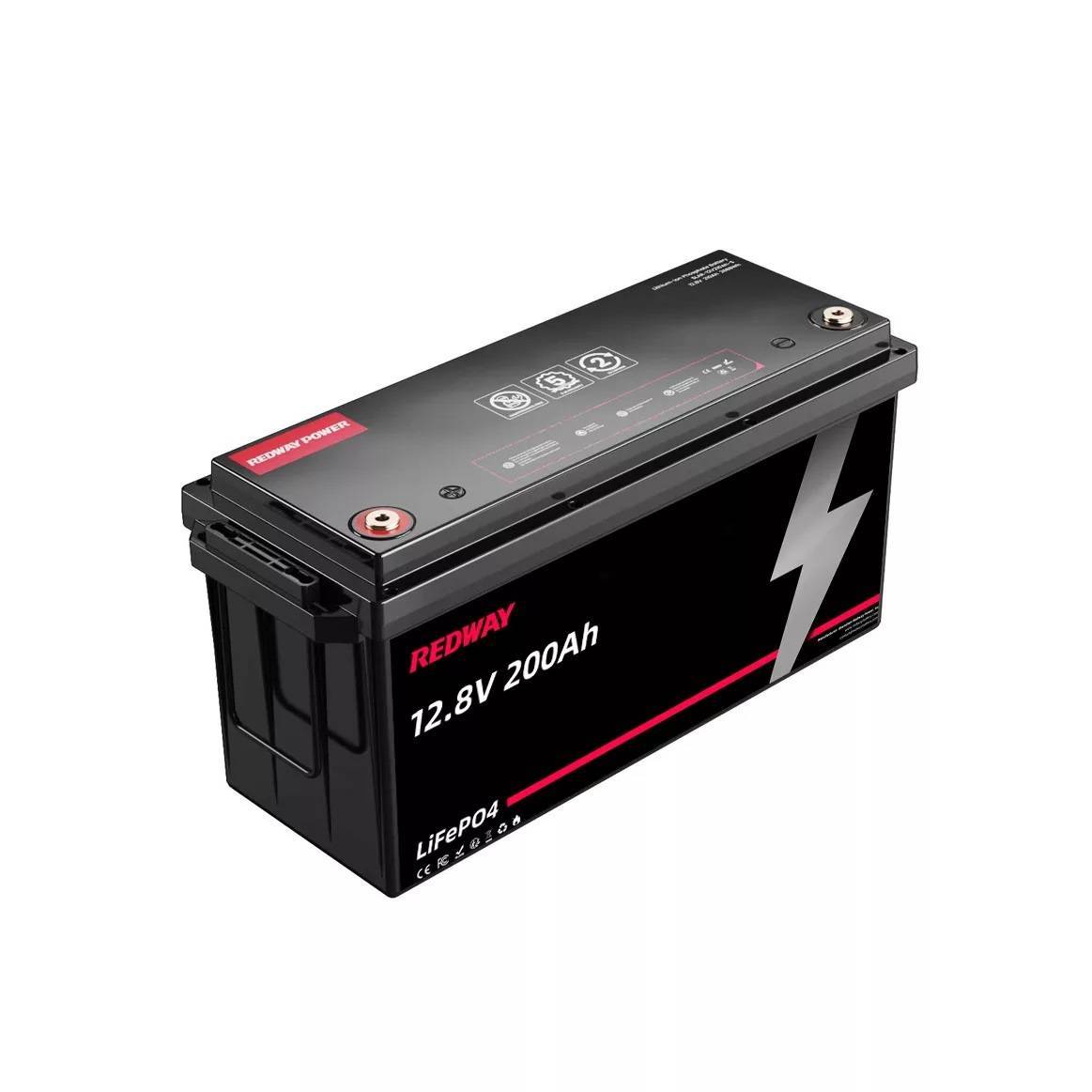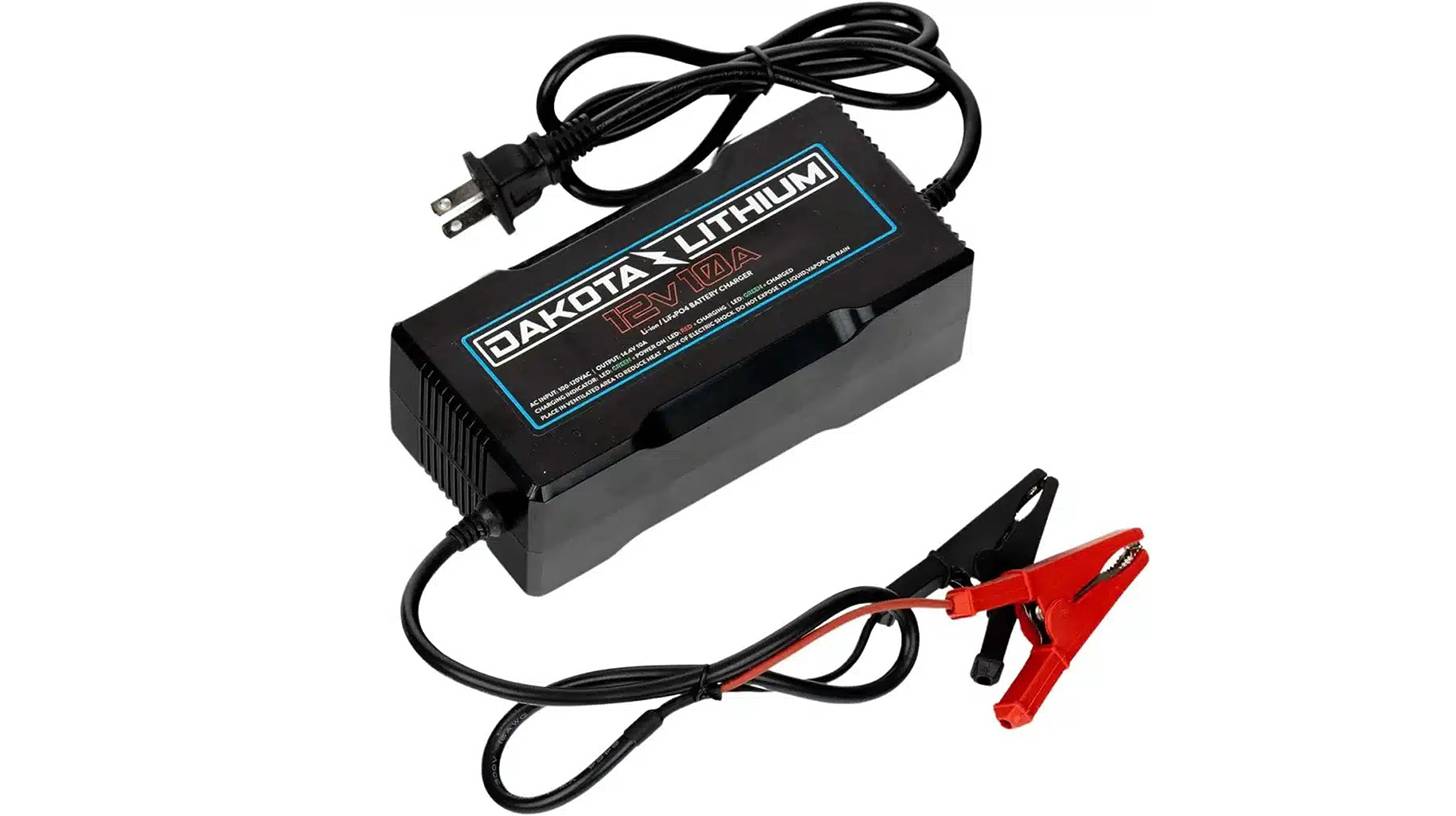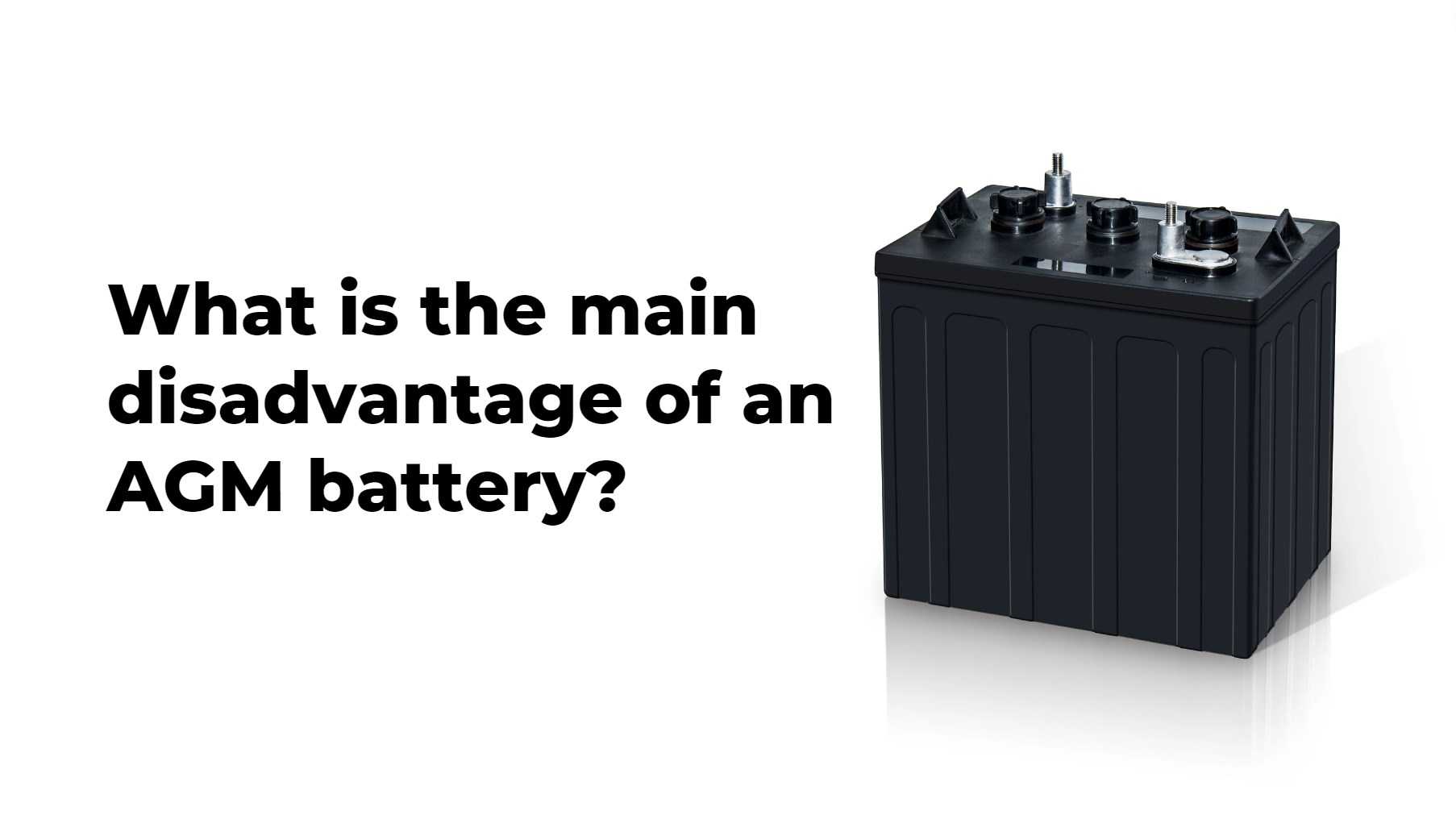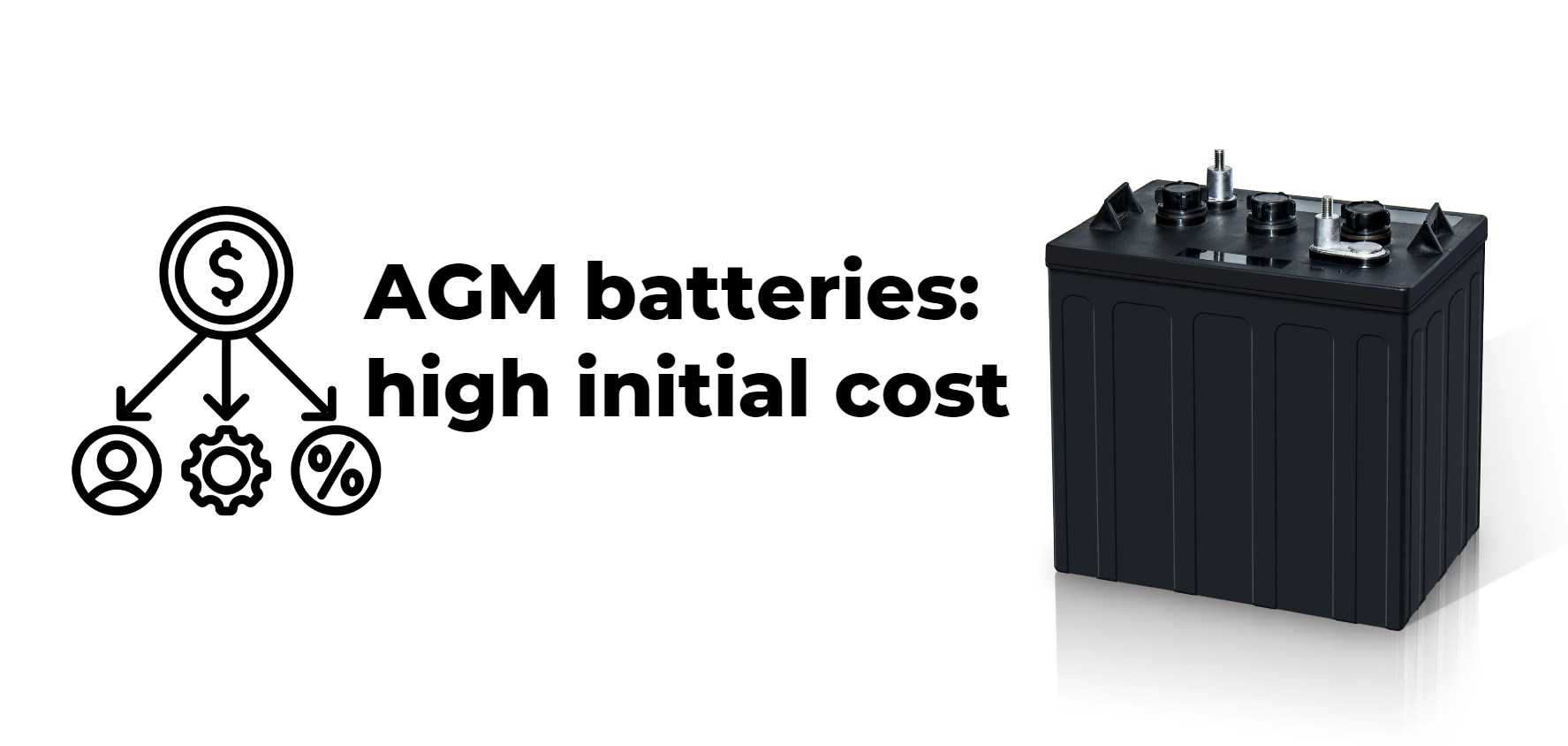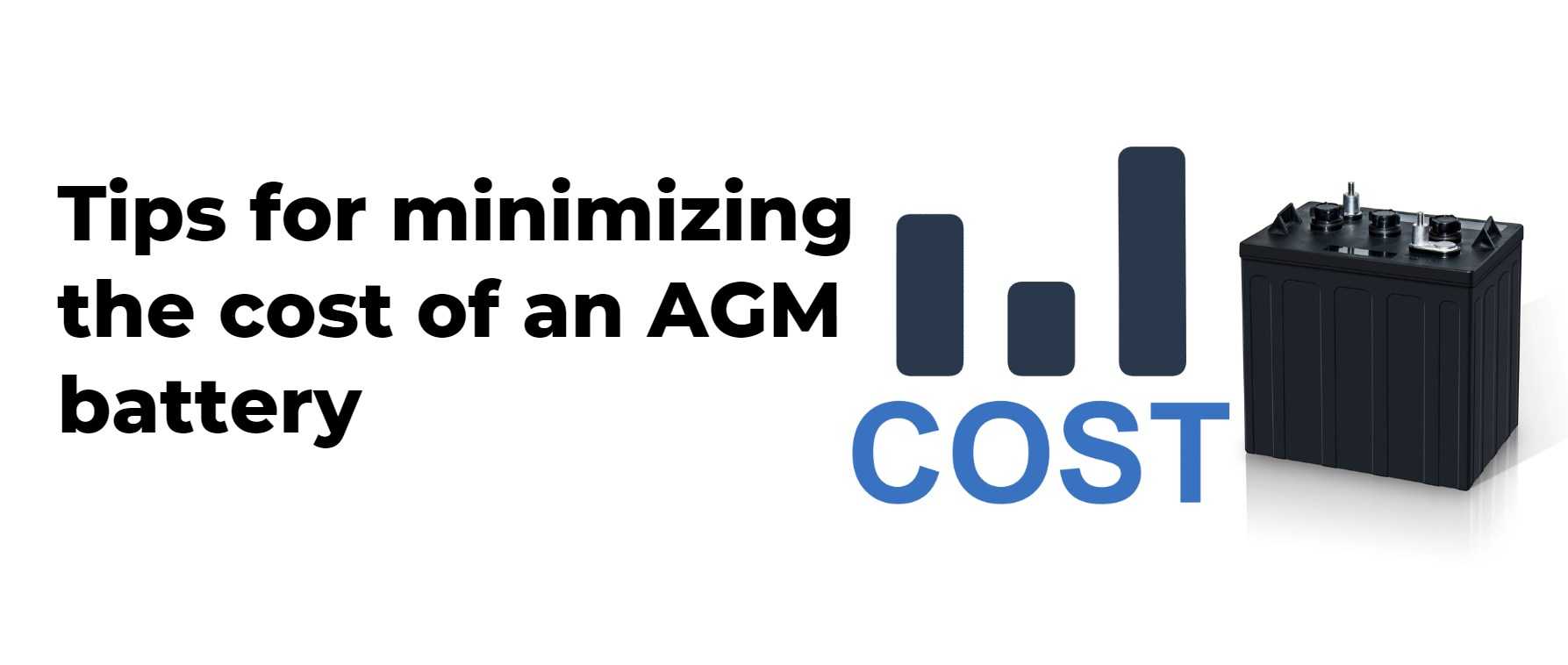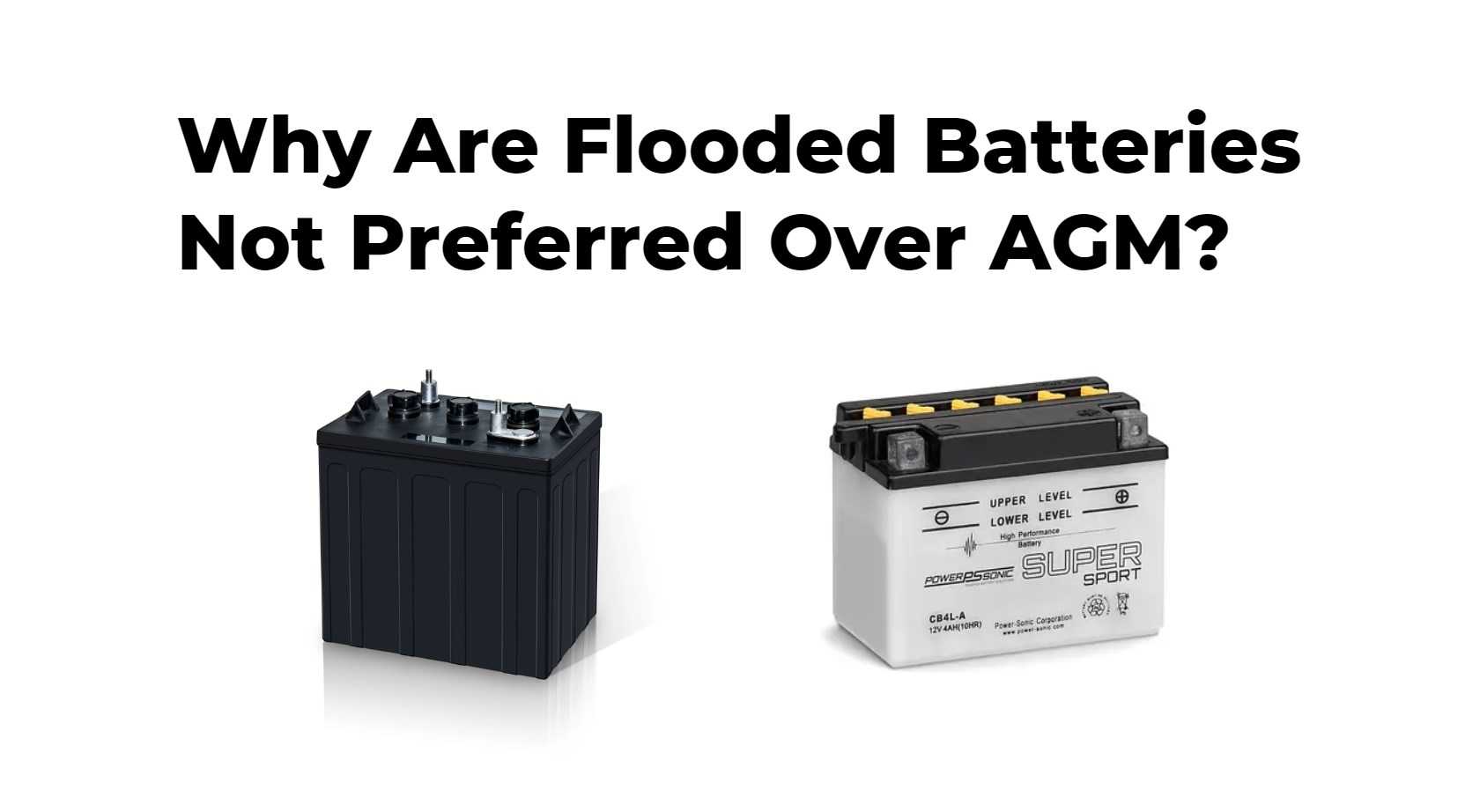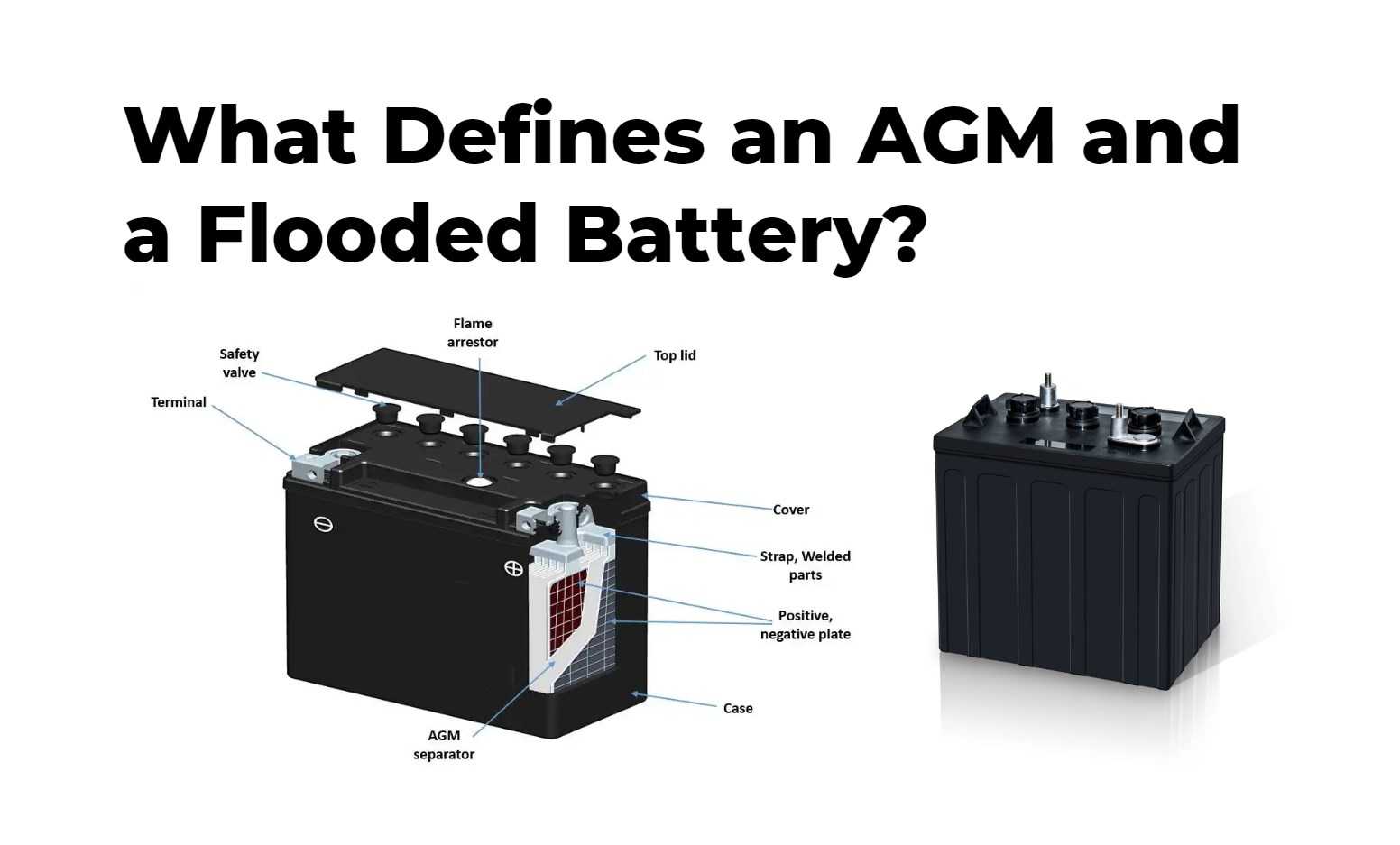How long does it take to charge a 200AH AGM battery?
Are you ready to power up your knowledge on charging a 200AH AGM battery? Whether you’re a seasoned pro or new to the world of batteries, this blog post will shed light on how long it takes to charge these powerful energy storage devices. Get ready to dive into the basics, factors affecting charging time, and some handy tips for maximizing efficiency. Let’s rev up those chargers and get started!
The Basics of Battery Charging
When it comes to charging a 200AH AGM battery, understanding the basics is key. Battery charging is essentially the process of replenishing energy into the battery cells to restore their capacity for use. This involves applying an electrical current to reverse the chemical reactions that occur during discharge.
The voltage and current levels used in charging must be carefully regulated to prevent damage to the battery. Overcharging can lead to overheating and reduced battery life, while undercharging can result in incomplete recharging and decreased performance.
It’s important to follow manufacturer guidelines for charging rates and voltages specific to your 200AH AGM battery model. Using incompatible chargers or incorrect settings can have negative effects on the battery’s longevity and overall performance.
By mastering these fundamental principles of battery charging, you’ll be better equipped to keep your 200AH AGM battery running smoothly and efficiently.
Factors Affecting Charging Time
When it comes to charging a 200AH AGM battery, several factors can influence the charging time. The first factor to consider is the current rating of the charger being used. A higher amp charger will charge the battery faster compared to a lower amp charger.
Another critical factor is the state of discharge of the battery. A deeply discharged battery will take longer to recharge compared to one that is only partially discharged. It’s essential to avoid completely draining your AGM battery whenever possible.
The temperature also plays a significant role in charging time. Extreme temperatures, whether too hot or too cold, can affect how quickly the battery charges. Ideally, you should charge your AGM battery at moderate temperatures for optimal results.
The age and condition of the battery itself can impact charging time. Older batteries or those that have been heavily used may require more time to reach full capacity compared to newer ones.
Different Ways to Charge a 200AH AGM Battery
When it comes to charging a 200AH AGM battery, there are various methods you can choose from. The first option is using a traditional charger designed specifically for AGM batteries. These chargers provide a steady and controlled charge to ensure the longevity of your battery.
Another way to charge your 200AH AGM battery is through solar power. Solar panels can harness the sun’s energy to charge your battery, making it an eco-friendly option that works well for remote locations or off-grid setups.
You can also opt for a smart charger with built-in technology that automatically adjusts the charging rate based on the battery’s condition. This helps prevent overcharging and extends the lifespan of your 200AH AGM battery.
For those looking for a quick solution, fast chargers are available but should be used cautiously as they can potentially damage the battery if not used correctly. It’s important to follow manufacturer guidelines when using fast chargers to avoid any mishaps during the charging process.
Recommended Charging Times for Various Methods
When it comes to charging a 200AH AGM battery, the recommended charging times can vary depending on the method used.
If you are using a standard charger, it may take anywhere from 10 to 20 hours to fully charge the battery. Slow and steady wins the race in this case!
For those utilizing a smart charger, the process might be quicker due to its ability to adjust the charging rate based on the battery’s condition. This could cut down your charging time significantly.
Solar chargers are another popular option for AGM batteries, offering an eco-friendly solution that takes advantage of sunlight to power up your battery. Keep in mind that solar charging times can fluctuate depending on weather conditions.
No matter which method you choose, always refer to the manufacturer’s guidelines for optimal charging durations tailored specifically for your 200AH AGM battery.
Tips for Maximizing Battery Charging Efficiency
To maximize the charging efficiency of your 200AH AGM battery, consider utilizing a smart charger that is designed specifically for AGM batteries. These chargers are equipped with features such as temperature compensation and voltage regulation to ensure a safe and efficient charging process.
Another tip is to avoid overcharging your battery, as this can reduce its lifespan and performance. It’s important to monitor the charging progress regularly and disconnect the charger once the battery reaches full capacity.
Additionally, maintaining proper ventilation during the charging process can help prevent overheating and prolong the life of your battery. Make sure to place the battery in a well-ventilated area away from flammable materials.
It’s recommended to follow the manufacturer’s guidelines for charging your specific 200AH AGM battery model. This will ensure that you are using the correct charging parameters for optimal performance and longevity of your battery.
Common Mistakes and Misconceptions About Charging a 200AH AGM Battery
When it comes to charging a 200AH AGM battery, there are some common mistakes and misconceptions that people often make. One of the most prevalent errors is assuming that all chargers work the same way for different types of batteries. It’s essential to use a charger specifically designed for AGM batteries to ensure optimal performance.
Another mistake is not considering the temperature conditions during charging. Extreme temperatures can affect the charging efficiency and overall lifespan of the battery. It’s crucial to charge the battery in a moderate temperature environment.
Some people also overlook the importance of regular maintenance and monitoring while charging their AGM battery. Checking the voltage levels, ensuring proper ventilation, and avoiding overcharging are key factors in prolonging the battery’s life span.
Additionally, there is a misconception that faster charging always means better results. In reality, slow and steady charging often yields more efficient results with less risk of damage to the battery cells.
Conclusion
Understanding the charging process for a 200AH AGM battery is essential to ensure its longevity and optimal performance. By considering factors such as charging rate, method, and capacity, you can effectively manage the charging time for your battery. Remember to follow recommended charging times and practices to maximize efficiency and prevent damage. With proper care and attention to detail, your AGM battery will continue to power your devices reliably for years to come.

